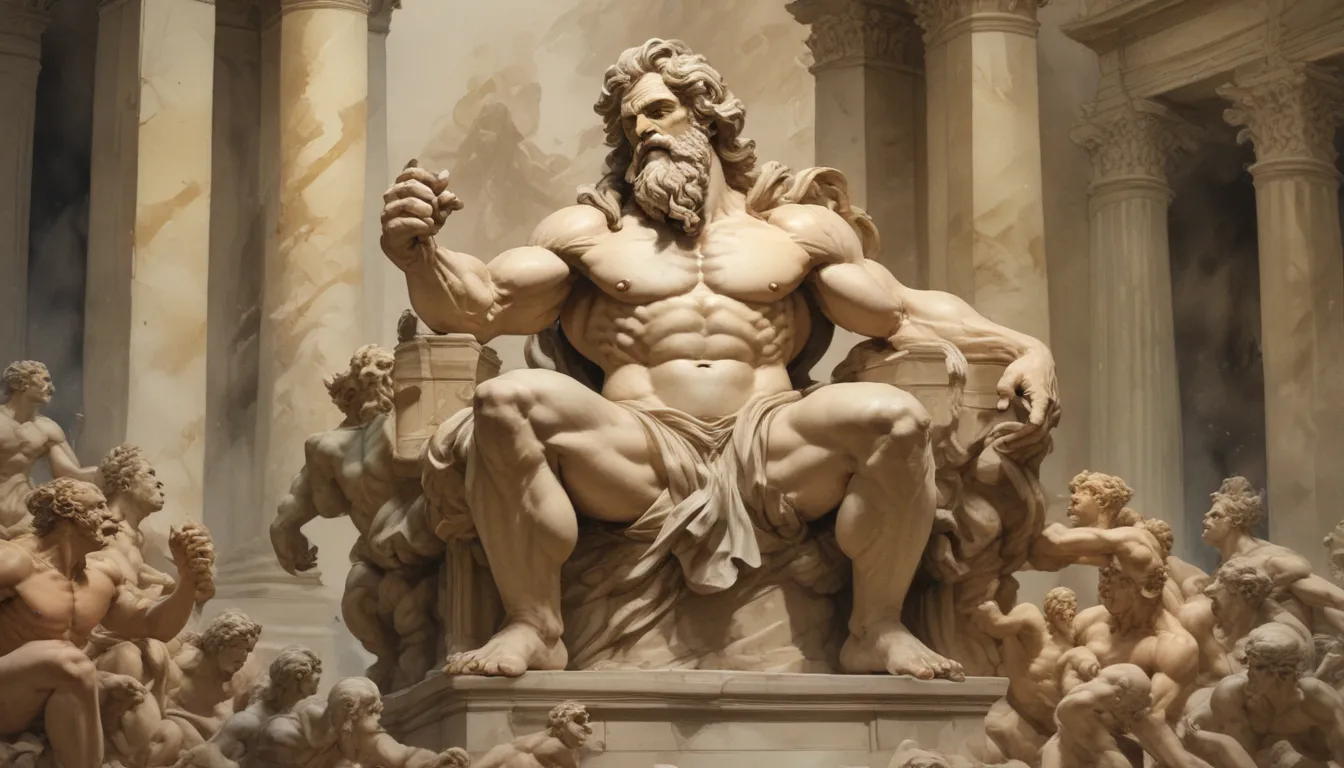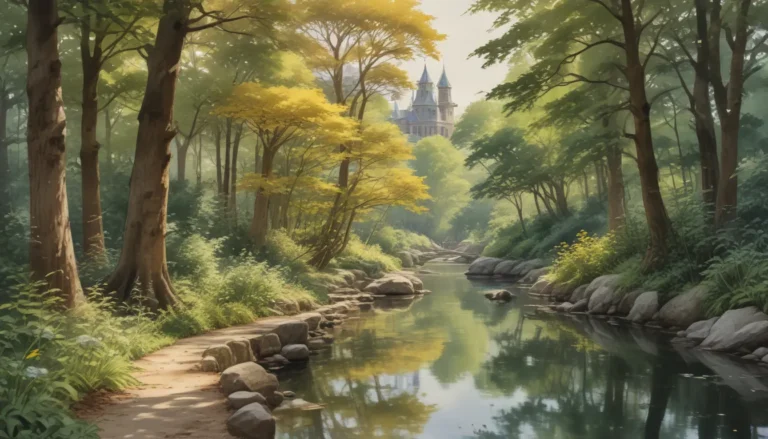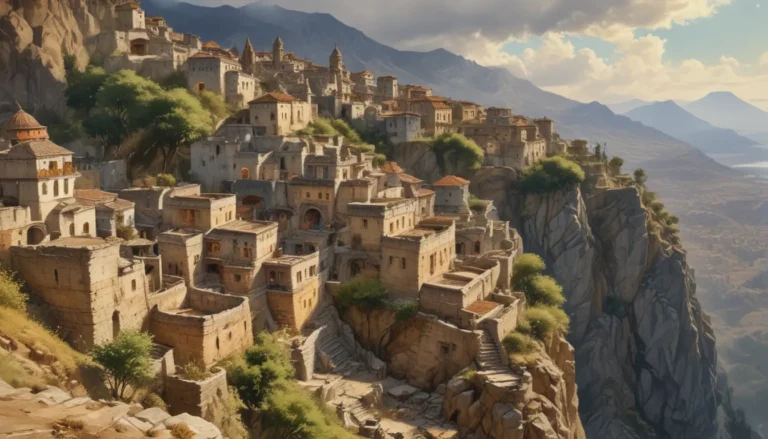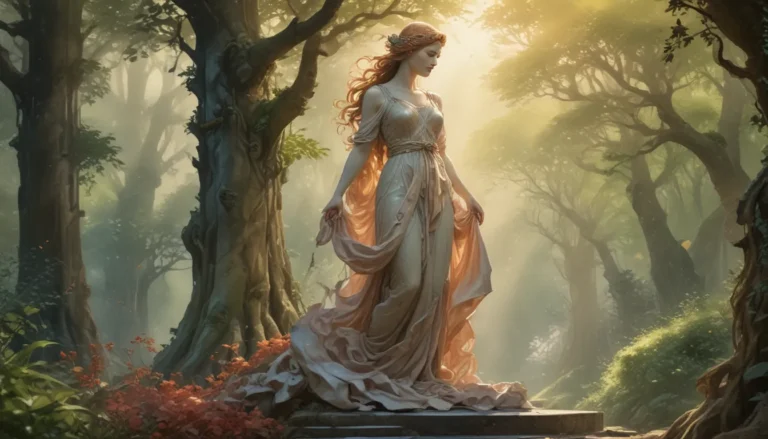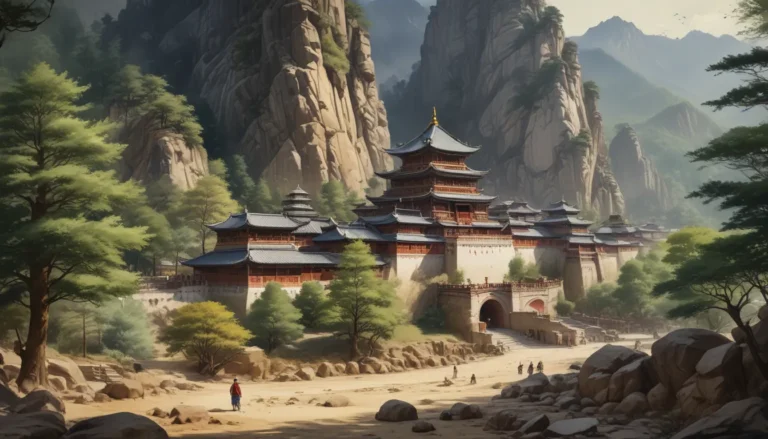The images in our articles are for illustrative purposes only and may not exactly match the content. They are intended to capture your interest and complement the text, not to replace it.
Welcome to a journey through the intriguing universe of Laocoön and His Sons, a masterpiece of ancient Greek art that continues to captivate audiences worldwide. Delve into the depths of history and culture as we uncover 15 extraordinary facts about this iconic sculpture, from its creation in ancient Greece to its enduring influence on Western art.
Unveiling the Magnificent Laocoön and His Sons
- Laocoön and His Sons, a masterpiece created during the Hellenistic period, depicts a dramatic scene from the Trojan War, showcasing emotional depth and philosophical inquiries.
- The sculpture, housed in the Vatican Museums, boasts exceptional attention to detail and serves as a reminder of ancient Greek civilization’s legacy.
A Glimpse into History
- The Laocoön and His Sons sculpture dates back to the 1st century BC, representing an iconic piece of Hellenistic art.
- Discovered in Rome in 1506, the sculpture emerged during a construction project on the Esquiline Hill.
Capturing Mythological Drama
- Laocoön and His Sons narrate a mythological scene from the Trojan War, portraying the Trojan priest and his sons being attacked by sea serpents.
- Laocoön’s lifelike expression captures emotional turmoil and physical strain, creating a sense of realism and drama.
The Marvels of Marble
- Crafted from pristine white marble, the sculpture’s grandeur and timelessness add to its aesthetic appeal.
- Laocoön and His Sons were originally part of a larger composition adorning Emperor Titus’s palace.
Masterful Artistry
- Laocoön and His Sons are celebrated as a masterpiece of ancient Greek art, renowned for their exceptional attention to detail and composition.
- The sculpture’s depiction of Laocoön’s muscular body showcases the sculptor’s skill in capturing human anatomy.
Legacy in the Vatican Museums
- Housed in the Vatican Museums since its discovery, Laocoön and His Sons continue to captivate visitors with their expressive power and dramatic intensity.
- The sculpture has inspired countless artists across centuries, influencing the development of Western art.
Enduring Cultural Significance
- Laocoön and His Sons were meticulously restored in the late 20th century to preserve their aesthetic appeal.
- Featured in various forms of popular culture, the sculpture has had a significant influence on the artistic world.
Philosophical Inquiries
- Laocoön and His Sons raise questions about suffering and divine intervention, intriguing scholars and thinkers with their thought-provoking narrative.
- The sculpture stands as a testament to the enduring legacy of ancient Greek civilization, symbolizing artistic and intellectual achievements.
A Timeless Tribute
- Laocoön and His Sons serve as a reminder of the enduring legacy of ancient Greek civilization, inspiring and fascinating humanity.
- Explore the power of ancient art firsthand at the Vatican Museums to witness the awe-inspiring presence of Laocoön and His Sons.
Conclusion
Laocoön and His Sons transcend time as a masterpiece that continues to captivate art enthusiasts, history buffs, and mythology lovers worldwide. With intricate details, emotional intensity, and historical significance, this sculpture exemplifies the beauty of ancient art. Whether you are a fan of Greek mythology or simply admire artistic brilliance, Laocoön and His Sons are an iconic landmark not to be missed.
FAQs
- Who created the Laocoön and His Sons sculpture?
-
The sculpture was created by three Greek sculptors named Agesander, Athenodoros, and Polydorus from Rhodes.
-
When was the Laocoön and His Sons sculpture created?
-
The sculpture was crafted in the 1st century BC during the Hellenistic period.
-
What is the story behind the Laocoön and His Sons sculpture?
-
The sculpture depicts the tragic tale of Laocoön, a Trojan priest, and his sons, punished by the gods for their involvement in the Trojan War.
-
Where can I see the Laocoön and His Sons sculpture?
-
The sculpture is housed in the Vatican Museums in Rome, Italy.
-
What is the significance of the Laocoön and His Sons sculpture?
- Laocoön and His Sons are revered for their contribution to ancient Greek sculpture, influencing artists throughout history.
Explore the timeless allure of Laocoön and His Sons as they continue to captivate audiences with their emotional depth and artistic brilliance. To further immerse yourself in the world of ancient art, discover astounding facts about auctions and delve into mind-blowing insights on Homer’s Iliad. Plan your visit to the Vatican Museums to experience the majestic presence of Laocoön and His Sons firsthand.
We strive to deliver trustworthy and engaging content, contributed by real users like you. Each fact is meticulously reviewed to ensure accuracy and reliability. Trust in our commitment to quality and authenticity as you explore the enriching world of art and culture with us.
